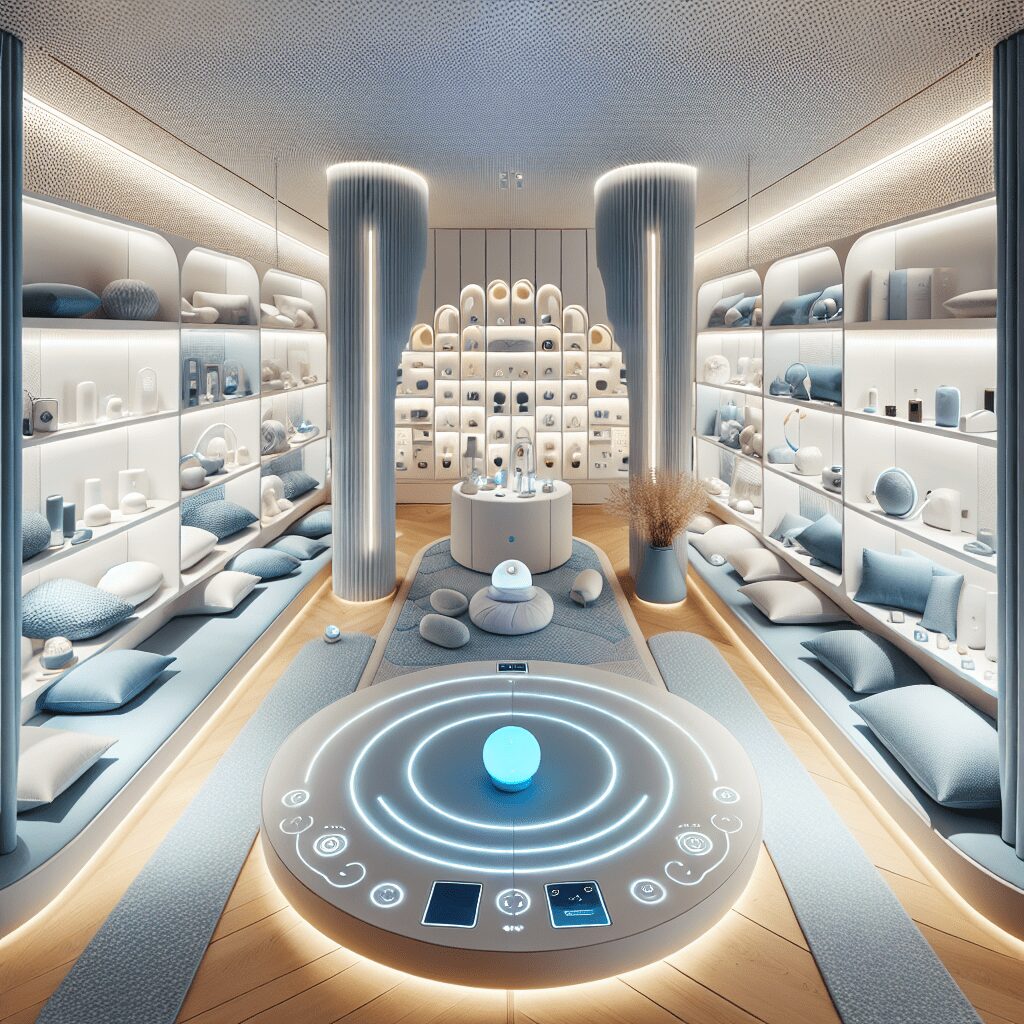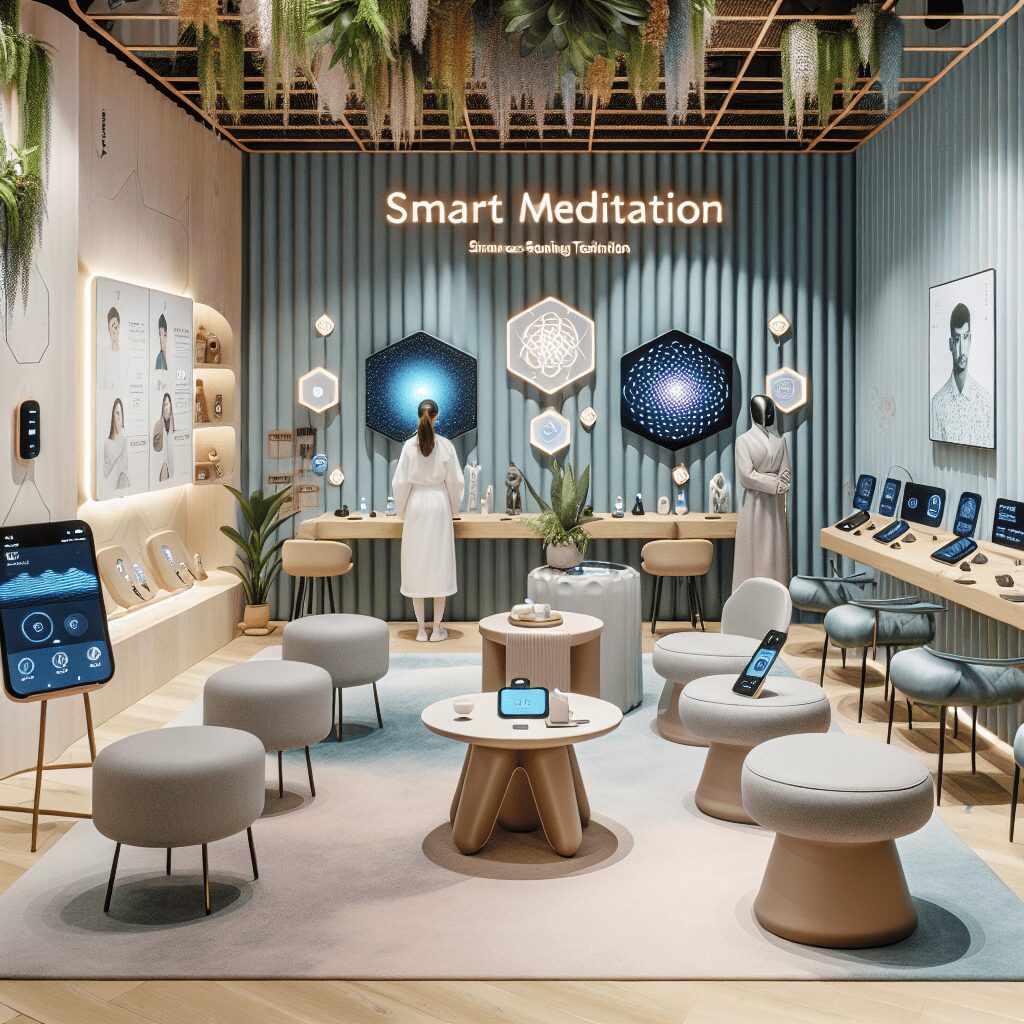
Prioritize your mental well-being daily. Enhance your life by nurturing your mental health with the Smart Meditation app. Break free from stress, alleviate anxiety, and enhance your sleep quality starting today.
Can Reducing Retinal Light Exposure Help With Insomnia?
The Lowdown on Light: A Potential Solution to Insomnia?
Tossing and turning, watching the minutes tick by on the clock, counting sheep — if these activities sound all too familiar, you’re likely among the millions wrestling with the modern-day nemesis known as insomnia. In our quest for a good night’s sleep, we’ve tried everything from herbal teas to white noise machines. But could the solution be as simple as dimming the lights? Let’s dive into the fascinating link between retinal light exposure and sleep quality, and see if cutting down on the former could send us swiftly to the land of nod.
The Science of Sleep and Light: More Than Meets the Eye
It turns out, our bodies are more in tune with the natural world than we might think. The cycle of light and darkness doesn’t just signal the time for birds to chirp or flowers to close — it also plays a crucial role in our internal biological clocks, or circadian rhythms.
Here’s the scoop:
- Our Internal Clock: Located in the brain, the suprachiasmatic nucleus (SCN) is the head honcho controlling our circadian rhythms. It reacts to light cues, telling our bodies when it’s time to wake up or hit the hay.
- Light’s Pathway: When light hits our eyes, it doesn’t just help us see. It also sends signals to the SCN via the retina. This means that the light we’re exposed to can directly impact our sleep-wake cycles.
- Blue Light – The Culprit?: Not all light wavelengths affect us equally. Blue light, which is abundant in LED lighting and electronic screens, is particularly potent in disturbing our sleep patterns. It tells our bodies it’s go-time, right when we’re trying to wind down.
Turning Down the Lights: A Bedtime Game Changer?
Given the undeniable connection between light exposure and sleep quality, it makes sense to give our retinas a break as bedtime approaches. Here’s what you can do to dial down the light and up the Zs:
- Embrace Dimmer Switches: Adjusting the lighting in your home to a softer, warmer hue as evening sets in can signal to your body that it’s time to start winding down.
- Limit Screen Time: Cutting back on TV, smartphones, and laptops at least an hour before bed can reduce your blue light exposure significantly. If that’s a tall order, consider using blue light filters or glasses.
- Go Natural at Night: If you need to illuminate your way to the bathroom or kitchen at night, opt for minimal, warm-toned lighting. This minimizes the chances of sending your SCN into daytime mode.
- Morning Light Matters, Too: Exposing yourself to natural light in the morning can help recalibrate your internal clock, reinforcing a healthier sleep-wake cycle.
Now, while these suggestions sound promising (and they are!), it’s essential to remember that sleep is a complex beast, influenced by a myriad of factors. From stress levels to bedroom environment, many elements play into how well we sleep. However, managing light exposure is a straightforward, low-cost tactic that could make a significant difference in our nocturnal struggles.
In conclusion, the next time you find yourself counting ceiling cracks instead of catching Zs, consider the role light plays in your pre-sleep routine. Small adjustments to your evening light exposure might just be the ticket to dreamland. After all, in the quest for quality sleep, every little bit helps! So, why not give your retinas — and yourself — a well-deserved break? Sweet dreams may well be just a dimmer switch away.





